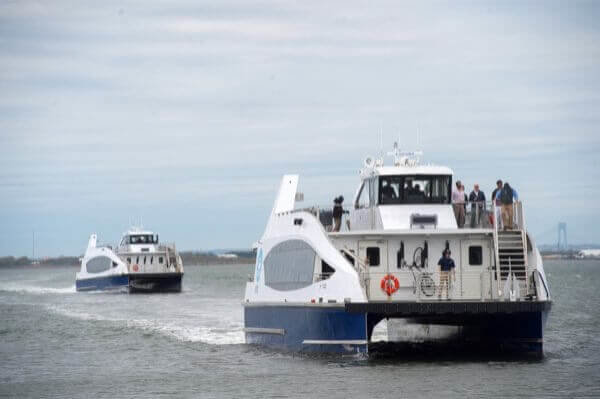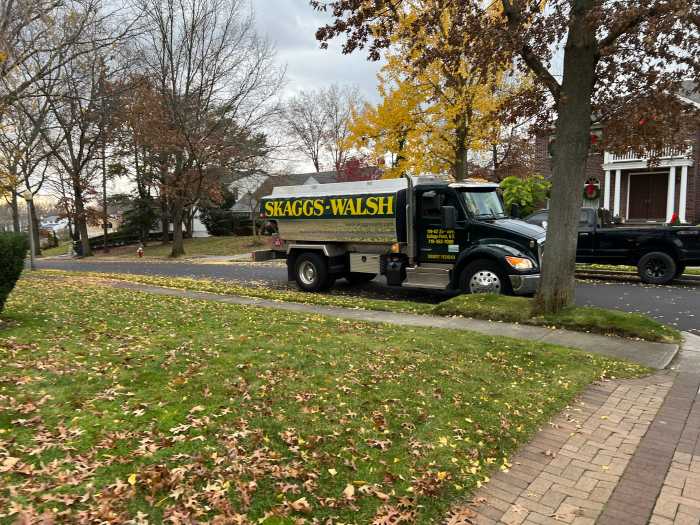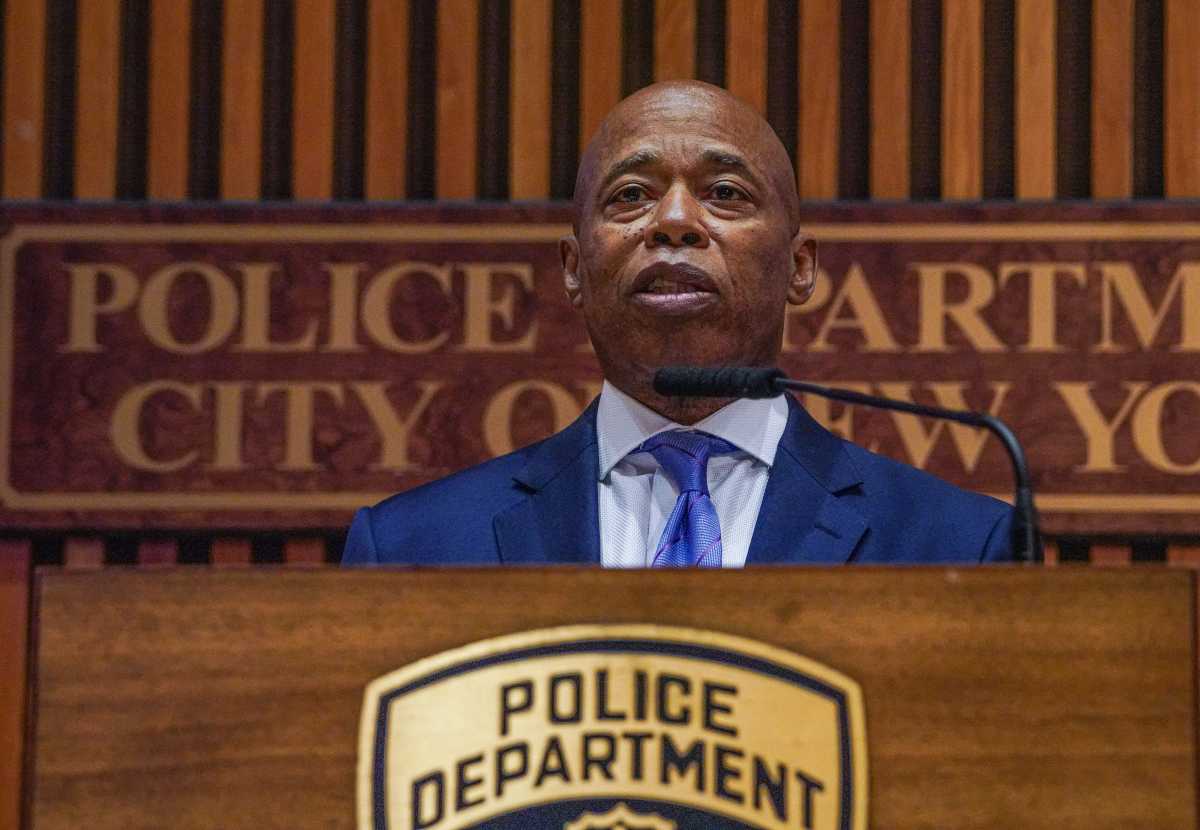BY CLAUDIA COGER
From the tip of Halletts Point in Astoria, the Upper East Side of Manhattan looks so close you can almost touch it. Only 1,500 feet of open water separates these two neighborhoods. But try getting there from here.
If you want to take a ferry, you need to sail south along the Queens shoreline to Long Island City, cross the East River to East 34th Street and switch to another ferry heading north along the opposite shore, or grab a bus or subway.
If you want to go the whole route by subway, well, get ready for a long trip. You’ll need to walk 15 to 20 minutes to get the N or the W, take it into Manhattan and then transfer to another subway to get uptown, a trip that takes more than an hour to traverse 1,500 feet by boat.
The strange thing is, there are ferry landings at each spot and regular ferry service. There’s just no direct route.
I’m the president of the tenants’ association of the Astoria Houses, one of the city’s oldest and largest public housing properties. The Astoria Houses takes up a good portion of the peninsula we call Halletts Point.
I’ve lived here since coming to New York in the 1950s. My roughly 3,500 neighbors are hard-working people, many of whom are the attendants and nurses and technicians at our city’s hospitals and medical institutions, like Metropolitan Hospital and Weill-Cornell New York Hospital, that are clustered on the Upper East Side.
But there is an easier way. The Astoria NYC Ferry landing is just a block from our complex of buildings. From it, you can see the landing on 90th Street in Manhattan as clear as day, even on a rainy one. If there were a direct connection, this onerous commute would take our residents a matter of minutes.
So why isn’t there one? The city’s Economic Development Corporation has declared a moratorium on new ferry routes until 2021. But we implore the NYCEDC to re-think this stance. Allowing the Astoria Ferry to make one more stop across the river is not a new route, it’s just adding to an existing one.
Of course, it’s not just about getting to work. Residents of the Astoria Houses and surrounding communities will also benefit from a one-seat ride to places like the Cornell Tech campus on Roosevelt Island. Western Queens, the Upper East Side and the South Bronx have a lot to share; including world class museums, parks, schools, recreational facilities and restaurants, in addition to connections to centers of employment and education. Ferries can tie them all together.
Truly, I see no downside. It’s good for my neighbors, good for the economy, good for the environment and good for the city.
Claudia Coger is president of the Astoria Houses Residents’ Association.




































